The Chesapeake’s stand-out stories of 2021
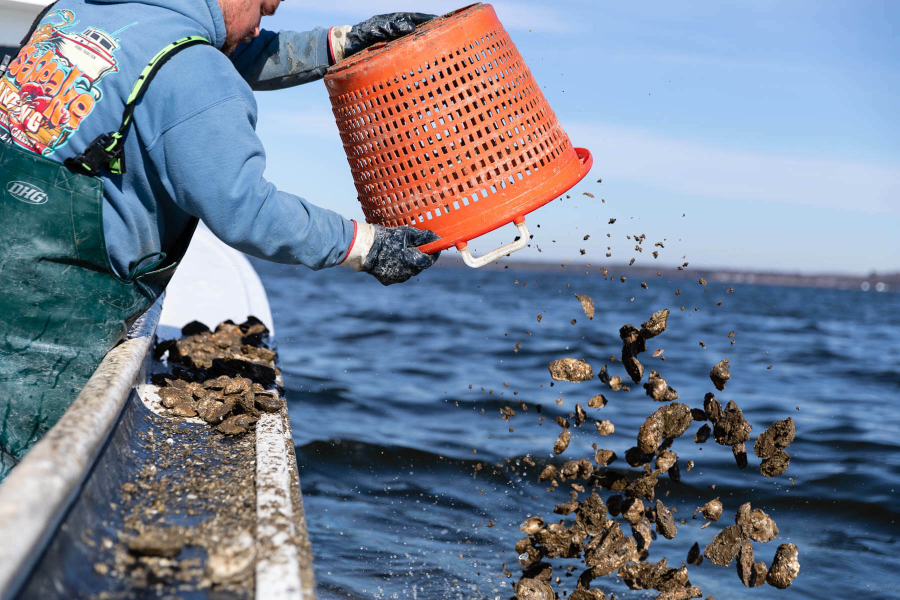
As 2021 comes to a close, we’ve rounded up the top 10 most popular articles and photo essays we produced over the year. From fish habitat improvements in Pennsylvania’s coal country, to the unveiling of a park celebrating Indigenous tribes, to the growing support for native plants, these stories give you a snapshot of a beloved region in the midst of restoration and growth.
The story of Indigenous tribes comes to life at Machicomoco State Park
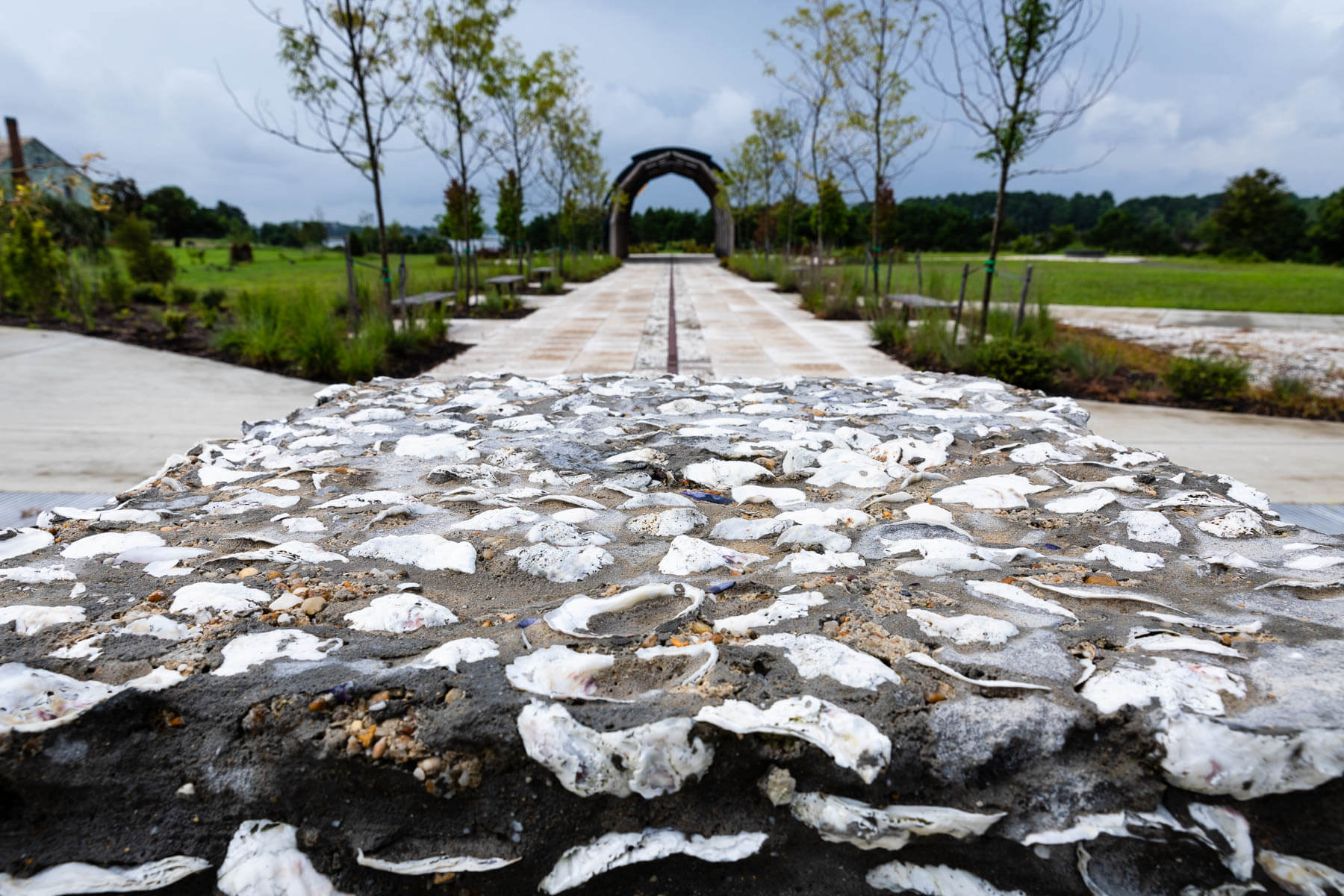
Machicomoco State Park is Virginia’s first park to be dedicated to its Indigenous people. Not only is it a beautiful park with walking trails, campsites and a boat launch, but it’s a great place to learn more about the region’s early inhabitants. Educational displays and Indigenous artifacts are scattered throughout Machicomoco, celebrating people who have called it home.
From ‘Red and Dead’ to Class A Fishery, West Branch Susquehanna rebounds
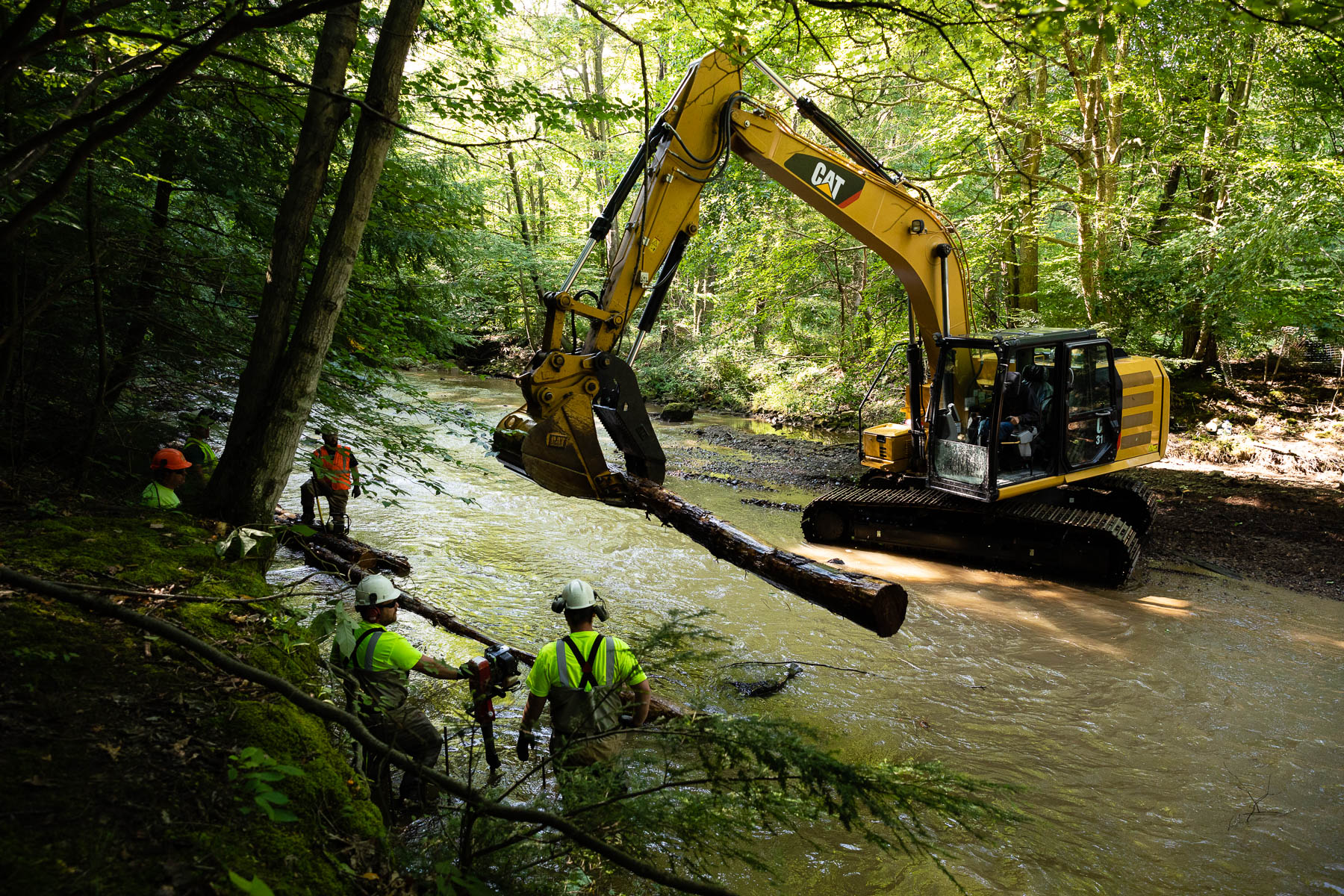
This success story in the upper reaches of the Chesapeake Bay watershed shows a number of environmental groups working together to repair the small streams of Pennsylvania’s West Branch of the Susquehanna River after years of unregulated coal mining. Mine closures, dam removals, environmental regulations and the treatment of acid mine drainage have all improved water quality and allowed community members to start fishing in their local streams again.
Life under the fallen leaves
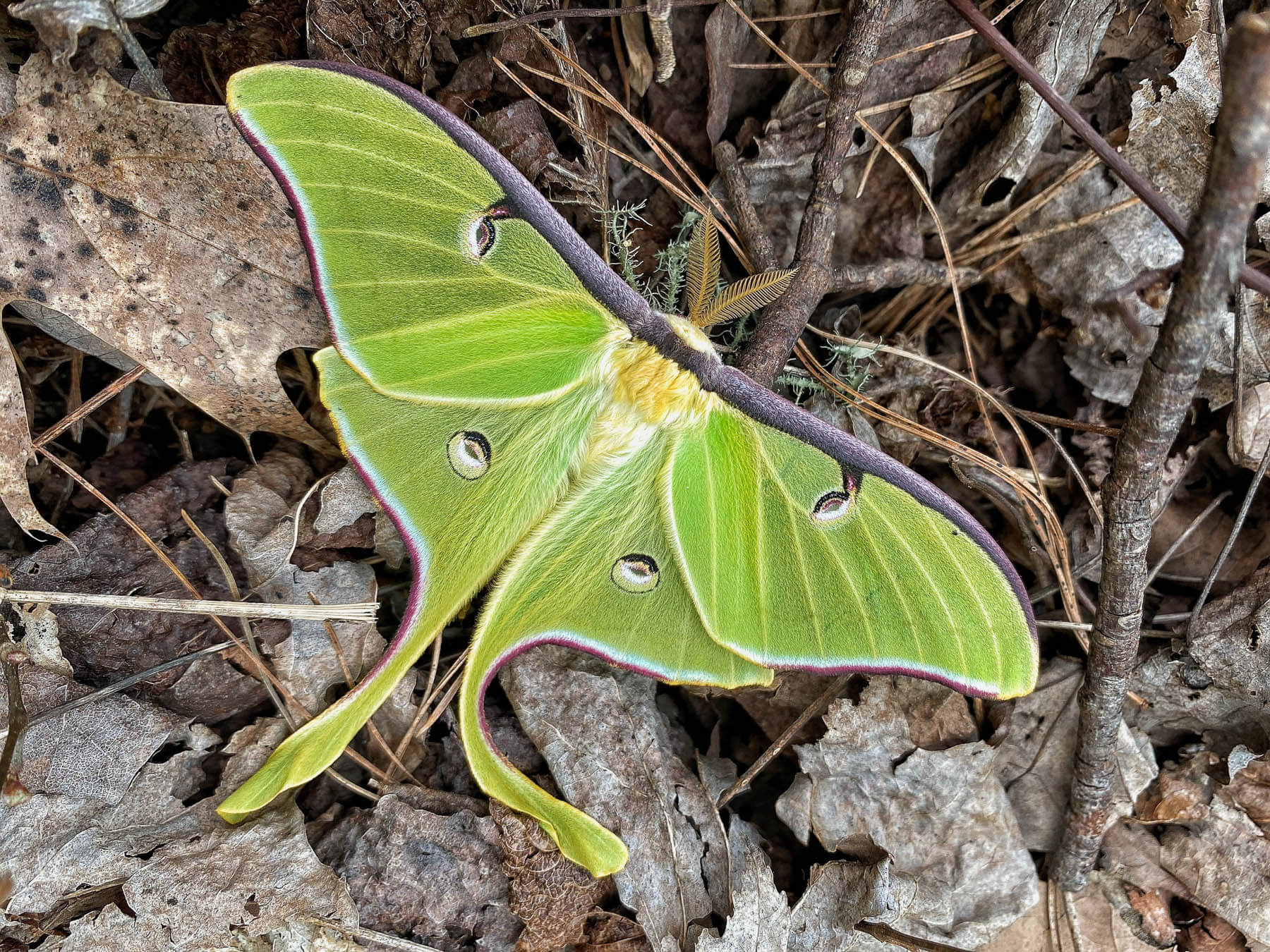
The same leaves we rake into bags and blow across the yard are teaming with delicate life. Bees, butterflies, moths, fireflies and other insects leave their eggs in our backyard debris or use it as habitat over the winter. If you want to protect wildlife and improve the biodiversity of your neighborhood, start by being more cautious about how you treat the leaves, sticks, trees and bushes on your property.
Hunting for fossils “a marilandia”
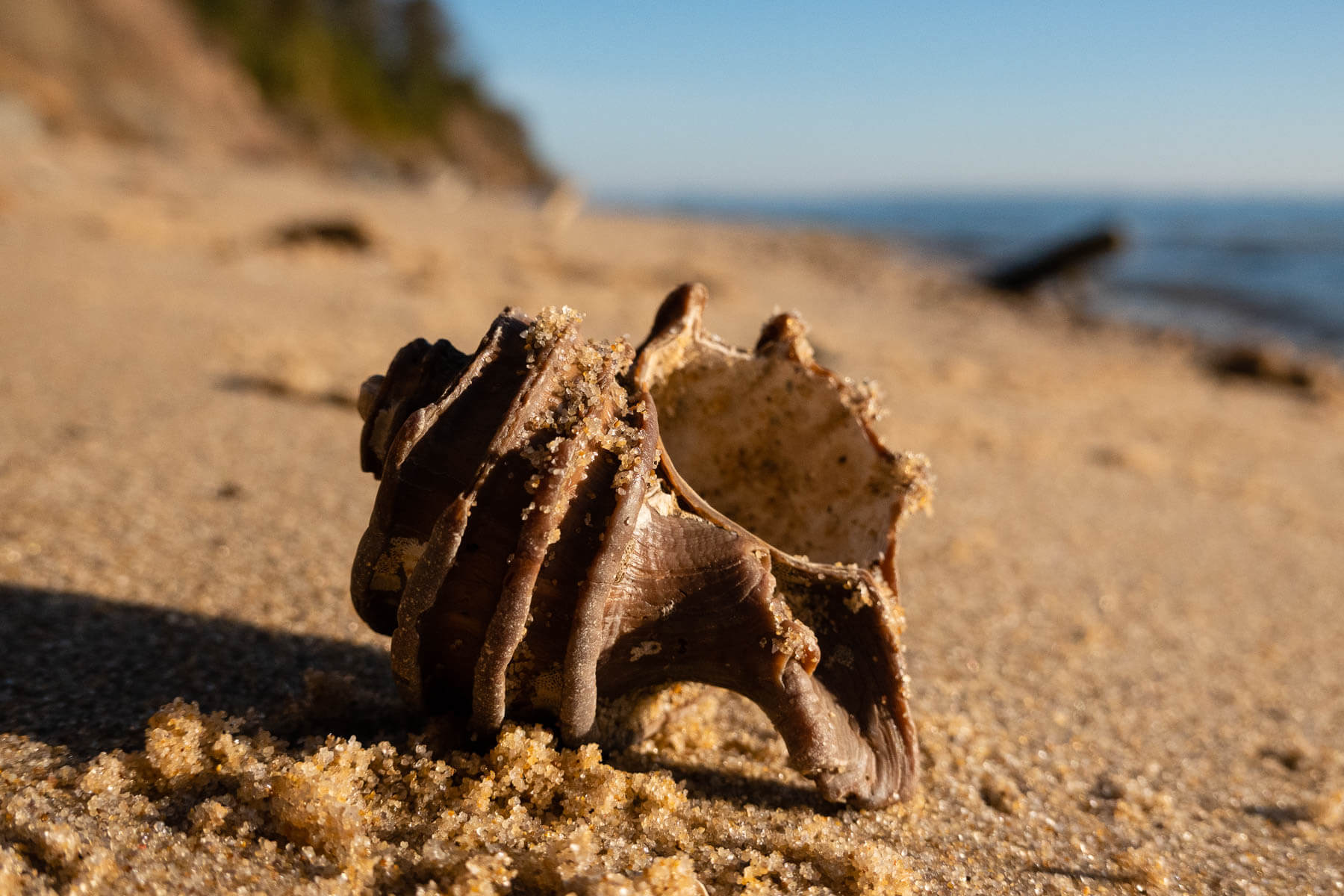
Chaperoned by the Natural History Society of Maryland, we went hunting for the Maryland state fossil along a beach at Calvert Cliffs State Park. Hunting for fossils is best done during the winter, when the water is clearer and the tide is lower, making it easier to spot bones, shells, shark teeth and other items. Over 600 species of fossils from the Miocene Age have been found at Calvert Cliffs. The beach is open to fossil hunters of all ages.
Boats of the Chesapeake Bay
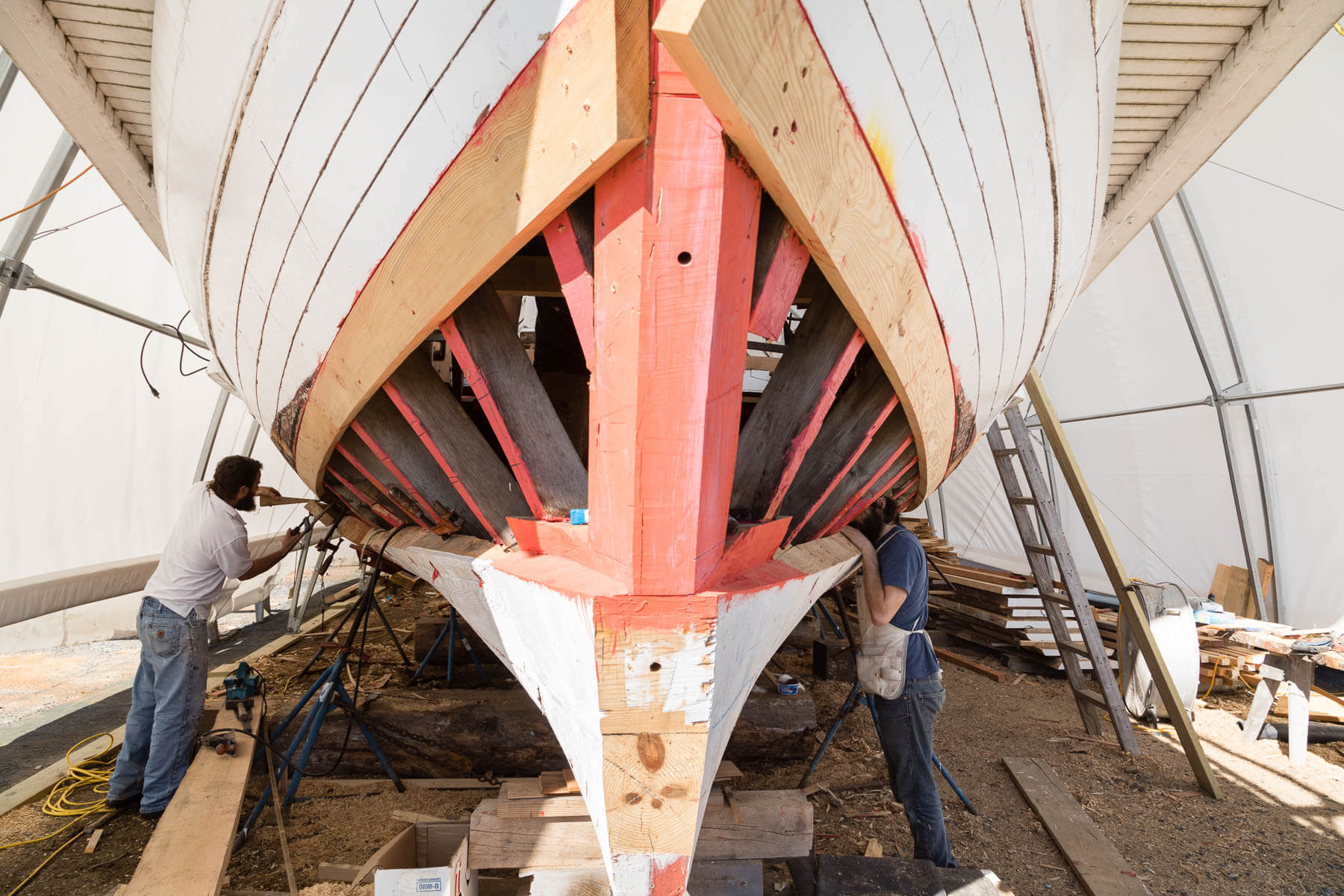
From bugeyes to skipjacks, skiffs to deadrises, the Chesapeake Bay has been home to a variety of vessels. This blog reveals the history of those who have worked and played on the Bay, and how different watercraft were designed to meet their needs.
Six lighthouses in the Chesapeake Bay with eerie pasts
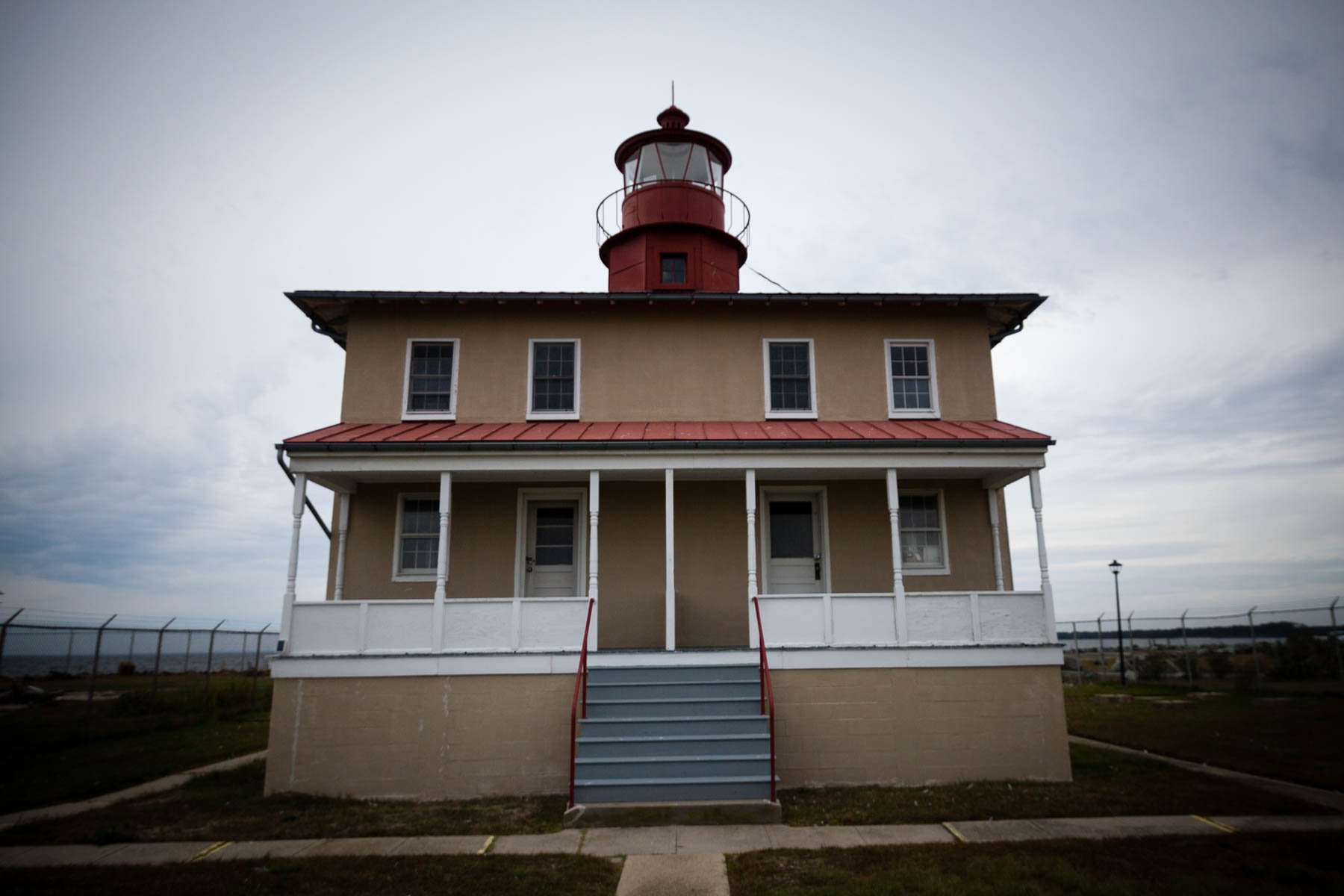
For our 2021 Halloween feature, we took readers on a fright-filled trip to haunted lighthouses along the Bay. The ghosts of civil war soldiers, begrudged spouses, former lighthouse keepers and other spooky specters are said to visit these buildings. Read if you dare!
Hard-hit oyster growers see silver lining in restoration

During the coronavirus pandemic, restaurant closures sharply reduced the demand for oysters, leaving oyster growers with a product that was too big for market. To make use of these oversized bivalves, The Nature Conservancy worked with Maryland Department of Natural Resources and Oyster Recovery Partnership to buy these oysters from growers and plant them in select oyster sanctuaries, where they will contribute to wildlife habitat and filter nutrients from the water. Since the program kicked off in 2020, more than 1.25 million oysters have been purchased from 26 local aquaculture farms and replanted in the Bay.
The buzz around buying native plants
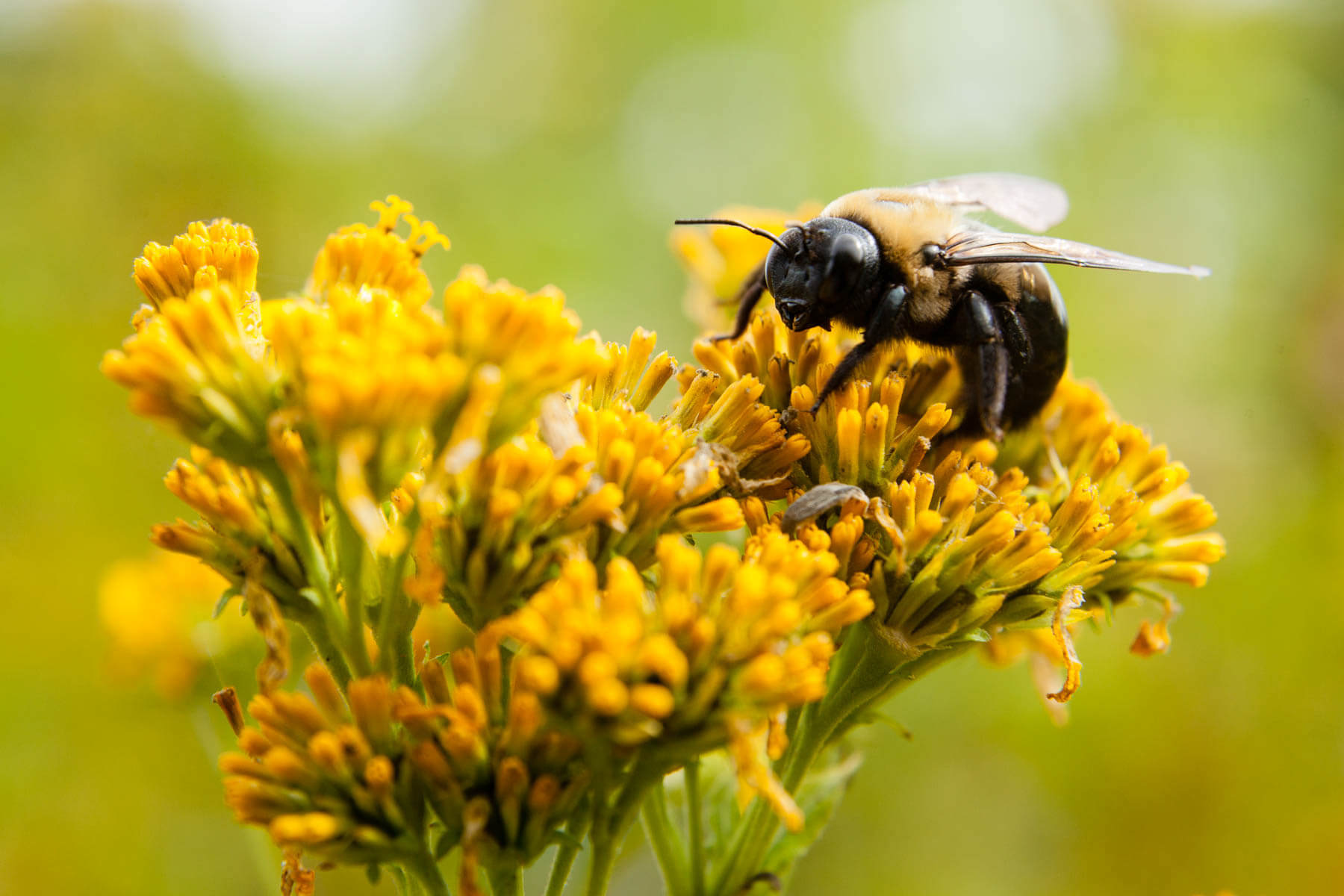
Over the years, consumers have gotten used to buying flowers, shrubs, trees and other plants from all across the world. But research continues to show that local wildlife are best suited to native plants, and that planting non-native species can sometimes dominate yards and landscapes. Throughout the Chesapeake region, states are starting to prioritize the sale of native plants over non-native and invasive species, while various nurseries focus on selling plants that are native to where you live.
Growing a passion for an unusual native species
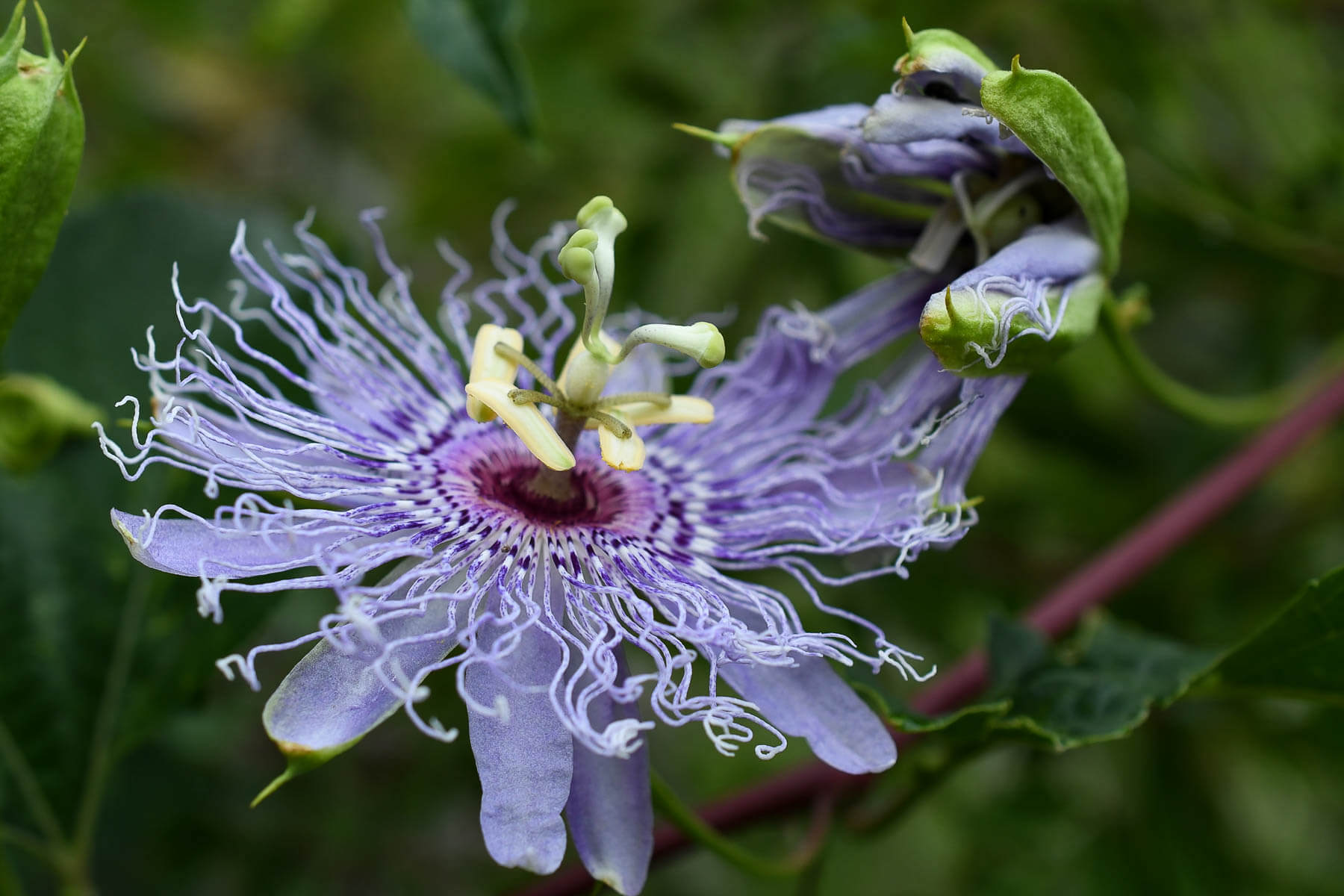
The passionflower (Passiflora incarnata) is not only a beautiful plant, but it is native to the Chesapeake region, unlike the similar looking passionfruit, which is native to more tropical regions. As a local species, the passionflower is the host plant of the variegated fritillary butterfly, Gulf fritillary butterfly and the zebra longwing butterfly. These insects like to lay their eggs on these plants and they are the main food source for their larvae.
A beloved African-American neighborhood navigates its economic and environmental future
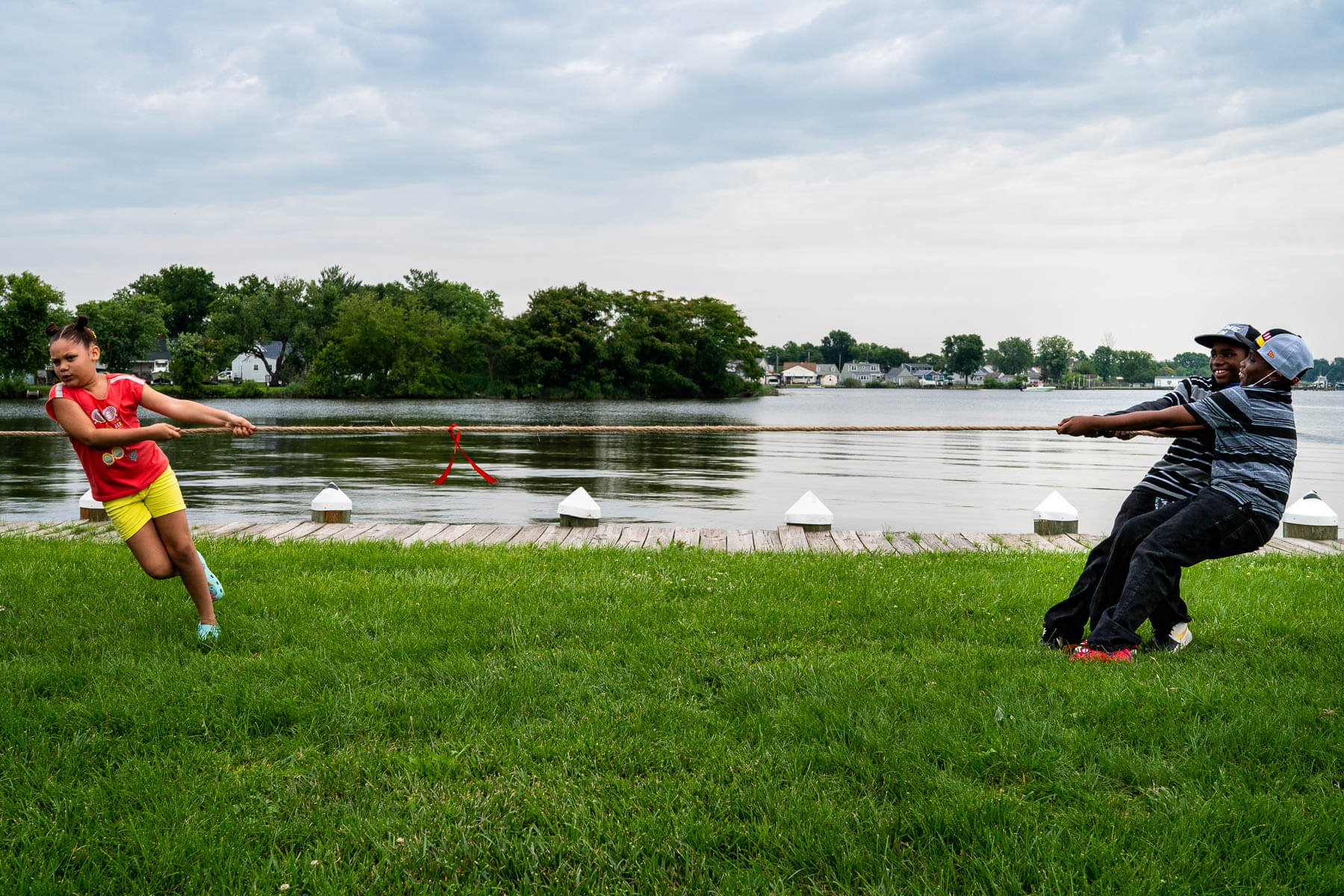
This photo essay depicts a cherished community in Baltimore that has been the victim of contaminated air and water quality. For over 80 years, Bethlehem Steel operated in the community, providing jobs to residents but leaving environmental problems in its wake. Fortunately, parts of Turner Station have recovered and the town’s tight-knit community continues to fight for a better future.

Comments
Thankyou, I love this area, never had an opportunity to live in the Bay area but have live in other bay areas, Maine and N. Orleans.... Please keep up this Great work!
Thank you!
Your comment has been received. Before it can be published, the comment will be reviewed by our team to ensure it adheres with our rules of engagement.
Back to recent stories